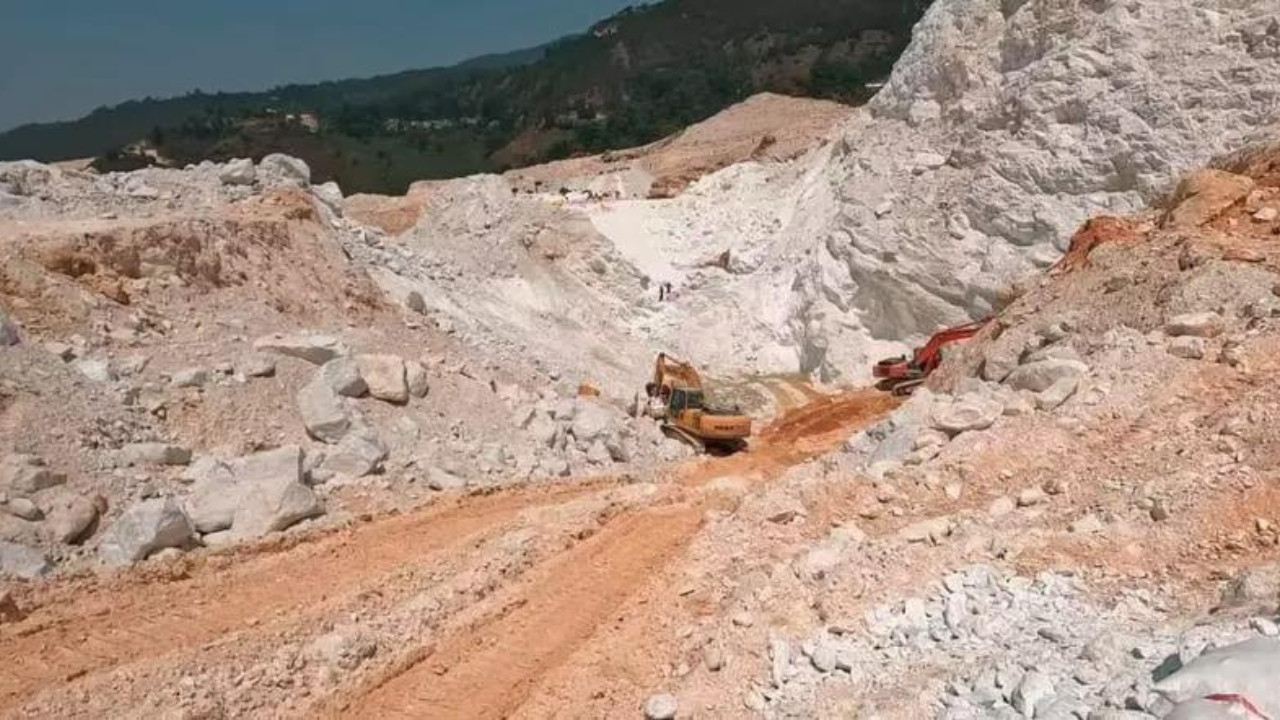Jammu & Kashmir is set to witness its first-ever auction of seven limestone blocks on Monday, a significant step under new mining reforms. These deposits, spanning over 314 hectares, are crucial for cement and construction industries. The transparent, technology-driven process aims to boost employment, industrial growth, and local revenue, contributing to J&K’s economic development and the Viksit Bharat 2047 vision.
Unearthing Opportunity: Jammu & Kashmir’s Limestone Auction Signals a New Era
For the first time, Jammu & Kashmir (J&K) is gearing up to auction seven limestone blocks, potentially reshaping the region’s economic landscape and offering a fresh perspective on resource utilization. Forget incremental change; this move signifies a considerable shift in how J&K approaches its mineral wealth. The central government’s proactive involvement, leveraging the Mines and Minerals (Development and Regulation) Act (MMDR Act), underscores the urgency and importance attributed to this initiative. It’s more than just selling off rocks; it’s about unlocking economic potential and setting the stage for industrial growth in the region.
Why Limestone? The Foundation of Growth
Limestone isn’t just another rock; it’s a cornerstone of modern industry. Cement manufacturing relies heavily on it, as do industries involved in steel production, chemical processing, and even agriculture. The sheer versatility of limestone makes it a valuable commodity, and the auctioning of these seven blocks represents a significant opportunity to bolster these sectors. Imagine local businesses gaining access to readily available, locally sourced resources. That’s the kind of impact we could see.
The strategic importance of these limestone resources in J&K extends beyond just domestic consumption. With improved infrastructure and streamlined processes, the region could become a key supplier to neighboring states and even international markets. This could lead to increased revenue, job creation, and overall economic diversification for J&K, which is currently heavily reliant on tourism and agriculture.
Fast-Tracking Progress: The MMDR Act’s Role
The central government’s invocation of the MMDR Act is a critical factor in accelerating this process. This Act provides a framework for regulating the mining sector, ensuring sustainable development, and attracting investment. By utilizing this legislation, the government aims to streamline the auction process, reduce bureaucratic hurdles, and create a more transparent and efficient environment for prospective bidders.
What does this mean in practice? It translates to quicker approvals, reduced delays, and a more predictable regulatory landscape – all factors that are crucial for attracting serious investors. Without this legislative push, the auction process could become mired in red tape, potentially stalling progress and diminishing the economic benefits.
Auctioning the Future: What to Expect
The auction process itself will be keenly watched by industry players and economic observers alike. The terms and conditions of the auction, the criteria for selecting successful bidders, and the environmental safeguards put in place will all be crucial in determining the long-term success of this initiative. It’s a balancing act – maximizing revenue while ensuring responsible mining practices that minimize environmental impact.

Transparency and fairness will be paramount to attracting reputable companies with the expertise and resources to develop these limestone deposits responsibly. The success of this initial auction will also set a precedent for future mining projects in the region, shaping investor confidence and influencing the overall development of J&K’s mineral sector. We need to ensure the process reflects best practices in sustainable mining.
Beyond the Auction: Long-Term Implications
The ramifications of this limestone auction extend far beyond the immediate economic benefits. It represents a broader shift towards leveraging J&K’s natural resources to drive sustainable growth and create new opportunities for its residents. This also signifies a move towards greater economic self-reliance for the region, reducing its dependence on external factors and fostering a more resilient economy.
Looking ahead, this initiative could pave the way for further exploration and development of other mineral resources in J&K, diversifying the region’s economic base and creating a more robust and sustainable future. Perhaps we’ll see other resources like gypsum, coal, or even precious metals getting similar attention in the years to come. You can read about sustainable initiatives that could further enhance the project’s impact on our [Sustainability Page](internal-link-to-sustainability-page).
In conclusion, the upcoming limestone auction in Jammu & Kashmir marks a pivotal moment for the region. By strategically harnessing its mineral wealth and streamlining the auction process through the MMDR Act, J&K is poised to unlock significant economic potential and chart a new course towards sustainable industrial growth. This development is more than just about mining; it’s about building a stronger, more resilient, and more prosperous future for the people of Jammu & Kashmir.







